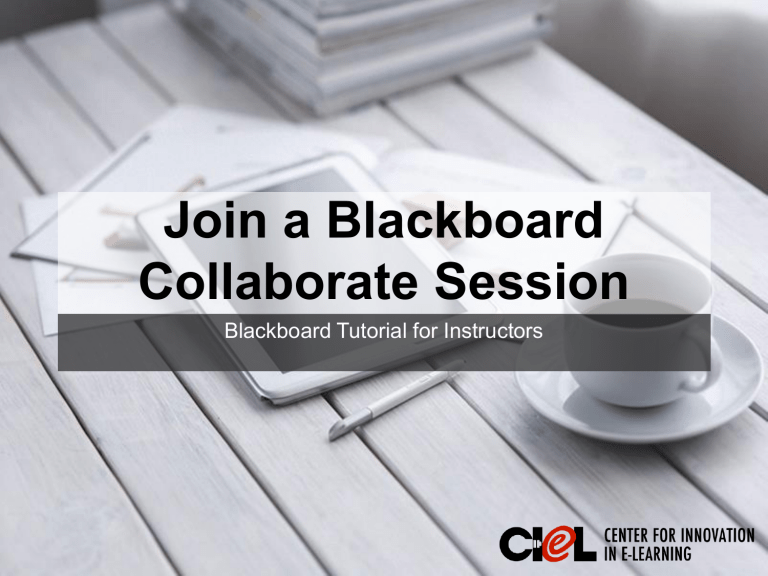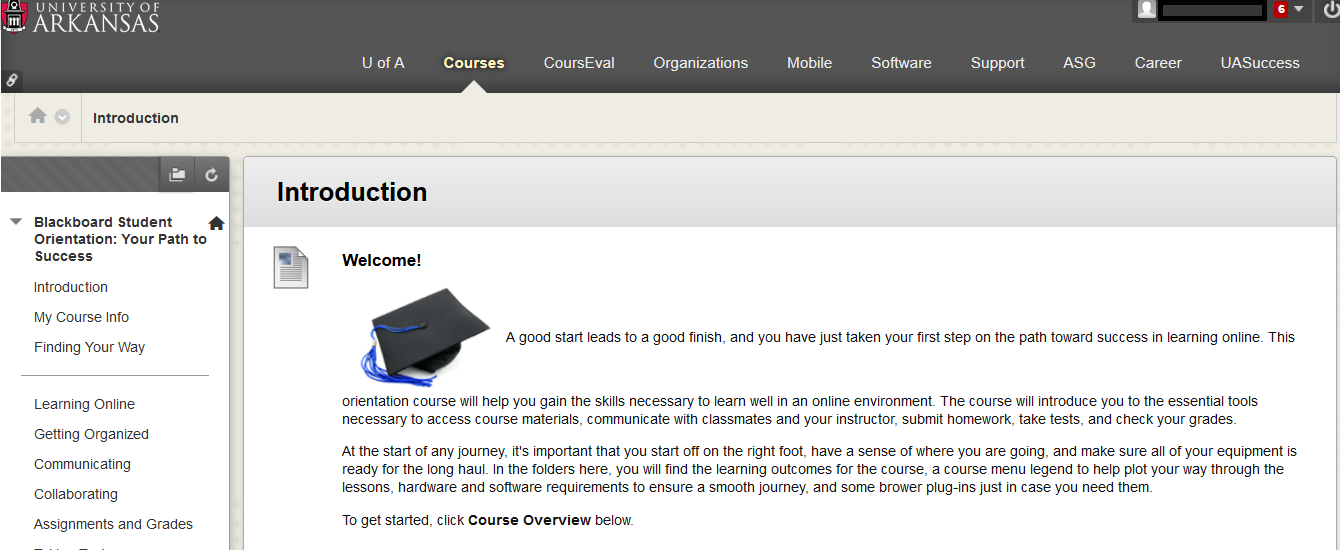Blackboard Tutorial For Teachers: Your Ultimate Guide To Mastering The Digital Classroom
Hey there, fellow educators! If you're reading this, chances are you've been thrown into the world of digital teaching—and let's be honest, it can feel like diving headfirst into the deep end. But don’t worry, because today we’re breaking down everything you need to know about Blackboard for teachers. Think of this as your personal cheat sheet to navigate the ins and outs of this powerful learning platform. Whether you're a tech-savvy guru or just getting started, this guide has got your back.
Teaching has evolved, and so have the tools at our disposal. Blackboard is one of those tools that can revolutionize how you deliver content, engage with students, and streamline your workflow. But let's face it—getting started can feel overwhelming. That’s why we’ve put together this step-by-step blackboard tutorial for teachers, designed to make your transition smoother than ever.
In this guide, we’ll cover everything from setting up your course to advanced features like grading, quizzes, and collaboration tools. By the end of this, you'll feel confident enough to create an engaging, interactive learning environment that keeps your students motivated and on track. So grab a cup of coffee, sit back, and let’s dive in!
Read also:Hoda Kotbs Suburban Dream A New Home Full Of Love And Memories
Table of Contents
- Introduction to Blackboard for Teachers
- Setting Up Your Blackboard Course
- Understanding the Blackboard Interface
- Creating and Managing Course Content
- Designing Effective Quizzes and Assessments
- Streamlining the Grading Process
- Enhancing Communication with Students
- Fostering Collaboration in the Digital Classroom
- Using Analytics to Improve Learning Outcomes
- Best Practices for Blackboard Success
Introduction to Blackboard for Teachers
Welcome to the world of Blackboard! This learning management system (LMS) is more than just a platform; it’s a tool that empowers teachers to create dynamic, interactive learning environments. Whether you're teaching online, hybrid, or even face-to-face courses, Blackboard offers features that can enhance every aspect of your teaching experience.
So, why should you care about Blackboard? Well, it’s simple. This platform allows you to organize your course materials, communicate with students, track their progress, and assess their learning—all in one place. It’s like having a digital classroom assistant that works 24/7. Plus, with its user-friendly interface and endless customization options, you can tailor the platform to fit your unique teaching style.
Why Blackboard Stands Out
Here’s the deal: there are plenty of LMS options out there, but Blackboard has been around for a while and continues to be a favorite among educators. Why? Because it offers a robust set of features that cater specifically to the needs of teachers and students alike. From its intuitive design to its powerful analytics tools, Blackboard is built to help you succeed.
- Easy-to-use interface
- Comprehensive grading tools
- Interactive collaboration features
- Seamless integration with other educational tools
Setting Up Your Blackboard Course
Alright, let’s get practical. The first step in mastering Blackboard is setting up your course. Don’t panic—it’s easier than it sounds. Think of this as organizing your digital classroom, where everything has its place and purpose.
Step 1: Accessing Your Blackboard Account
To get started, you’ll need to log in to your institution’s Blackboard portal. Most schools provide you with access credentials, so make sure you have those handy. Once you’re logged in, you’ll see a dashboard where all your courses are listed.
Step 2: Creating a New Course
Creating a new course is as simple as clicking a few buttons. Navigate to the "Courses" section, click "Create Course," and follow the prompts. You’ll be asked to provide basic information like course name, term, and enrollment options. Once your course is created, you’ll have access to the course control panel, where all the magic happens.
Read also:Meet Pat Sajaks Kids The Offspring Of Wheel Of Fortunes Legendary Host
Step 3: Customizing Your Course
Now that your course is set up, it’s time to make it your own. Customize the course theme, upload a course banner, and organize your modules. Think of this as decorating your digital classroom to reflect your teaching style. Trust us, it makes a difference!
Understanding the Blackboard Interface
Let’s talk about the Blackboard interface. At first glance, it might look a little intimidating, but once you get the hang of it, you’ll wonder how you ever taught without it. The interface is divided into several key areas, each serving a specific purpose.
Key Features of the Blackboard Interface
- Control Panel: This is where you manage your course settings, users, and tools.
- Content Area: Here’s where you organize and deliver your course materials.
- Grade Center: Your one-stop shop for grading and tracking student progress.
- Communication Tools: Use announcements, emails, and discussion boards to stay connected with your students.
Take some time to explore each section and familiarize yourself with the layout. The more comfortable you are with the interface, the more effectively you can use it to enhance your teaching.
Creating and Managing Course Content
Now that your course is set up and you understand the interface, it’s time to focus on the heart of your teaching—content. Blackboard offers a variety of tools to help you create and manage course materials.
Types of Course Content
Here are some of the most common types of content you can create in Blackboard:
- Documents and files
- Video lectures and multimedia
- Interactive modules and quizzes
- Discussion boards and collaborative assignments
When creating content, keep in mind the principles of good instructional design. Break down complex topics into manageable chunks, use visuals to enhance understanding, and provide clear instructions for each activity.
Designing Effective Quizzes and Assessments
Quizzes and assessments are essential for measuring student learning. Blackboard makes it easy to design and deliver quizzes that align with your learning objectives.
Best Practices for Creating Quizzes
- Align quiz questions with learning outcomes
- Use a mix of question types (multiple choice, short answer, etc.)
- Set clear time limits and instructions
- Provide instant feedback to help students learn from their mistakes
Remember, quizzes aren’t just about testing knowledge—they’re also a valuable learning tool. Use them to reinforce key concepts and encourage active engagement with the material.
Streamlining the Grading Process
Grading can be one of the most time-consuming aspects of teaching, but Blackboard’s grading tools can help you streamline the process. The Grade Center is your go-to tool for managing grades, providing feedback, and tracking student progress.
Tips for Efficient Grading
- Use rubrics to ensure consistent and fair grading
- Provide detailed feedback using the inline grading feature
- Automate grading for objective questions like multiple choice
- Set up grade categories to organize your assessments
By leveraging these tools, you can save time and focus more on teaching and supporting your students.
Enhancing Communication with Students
Effective communication is key to a successful learning experience. Blackboard offers several tools to help you stay connected with your students and keep them engaged.
Communication Tools in Blackboard
- Announcements: Share important updates and reminders
- Email: Send personalized messages to individual students or groups
- Discussion Boards: Foster interactive discussions and peer collaboration
Make sure to use these tools consistently and encourage your students to do the same. Clear communication can make a huge difference in student success.
Fostering Collaboration in the Digital Classroom
Collaboration is a crucial skill in today’s world, and Blackboard provides several ways to promote teamwork among your students.
Collaboration Features in Blackboard
- Group Assignments: Allow students to work together on projects
- Discussion Boards: Encourage peer-to-peer learning and interaction
- Collaborate Ultra: Use this tool for real-time virtual meetings and discussions
By incorporating collaborative activities into your course, you can create a more engaging and interactive learning experience.
Using Analytics to Improve Learning Outcomes
Blackboard’s analytics tools provide valuable insights into student performance and engagement. By analyzing this data, you can identify areas where students may be struggling and adjust your teaching strategies accordingly.
Key Analytics Features
- Course Reports: Get an overview of student activity and performance
- Grade Trends: Track progress over time and identify areas for improvement
- Engagement Metrics: Monitor participation in discussions, assignments, and quizzes
Use these insights to refine your teaching approach and ensure that all students have the support they need to succeed.
Best Practices for Blackboard Success
Finally, let’s wrap up with some best practices to help you make the most of Blackboard as a teaching tool.
- Plan your course structure carefully before uploading content
- Regularly update and refresh your materials to keep them relevant
- Encourage student feedback to improve your course design
- Stay organized and consistent in your use of Blackboard features
Remember, mastering Blackboard is a journey, not a destination. Keep learning, experimenting, and refining your approach, and you’ll be amazed at what you can achieve.
Conclusion
And there you have it—your ultimate blackboard tutorial for teachers. From setting up your course to leveraging advanced features, we’ve covered everything you need to know to succeed in the digital classroom. Blackboard is more than just a tool; it’s a powerful ally in your quest to provide high-quality education to your students.
So, what’s next? Take what you’ve learned and start applying it to your teaching practice. And don’t forget to share your experiences and tips with fellow educators. Together, we can create a community of support and innovation that benefits everyone.
Thanks for reading, and happy teaching!
Article Recommendations


